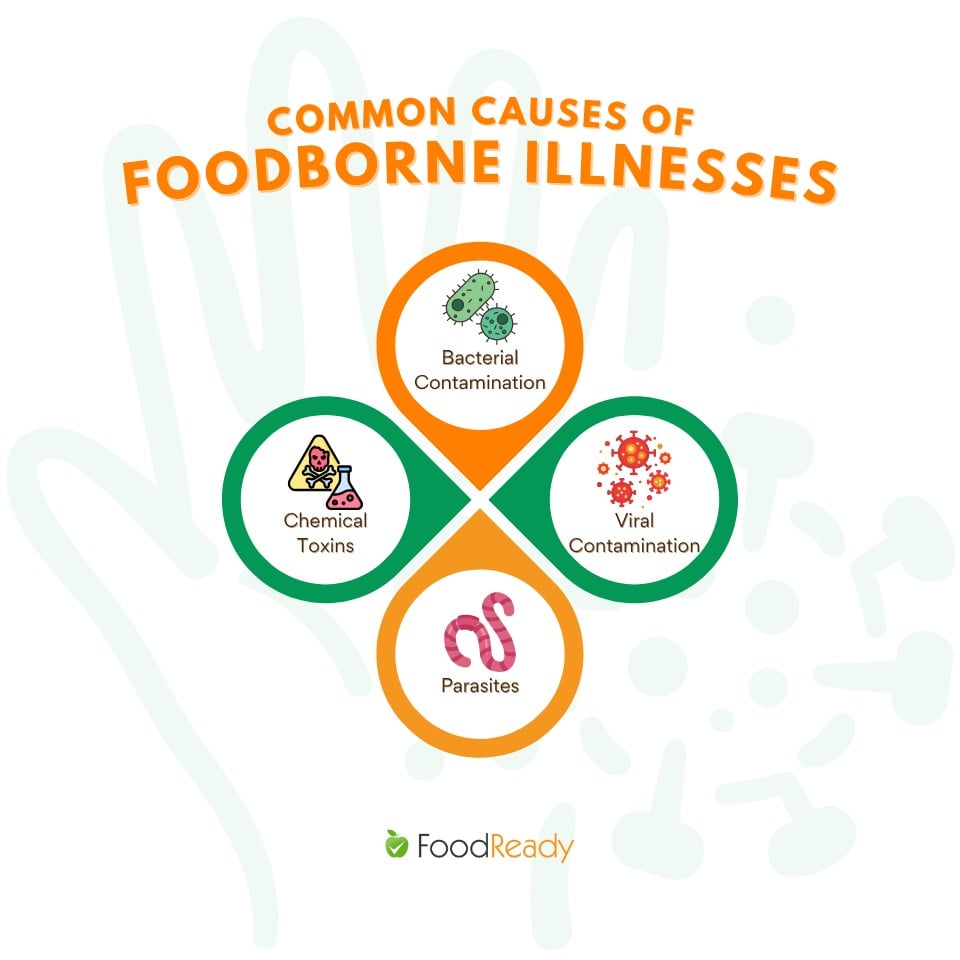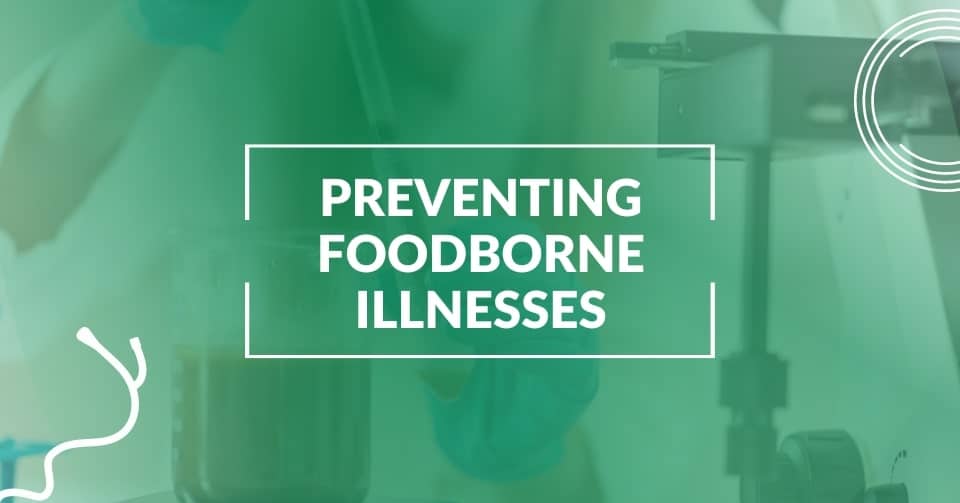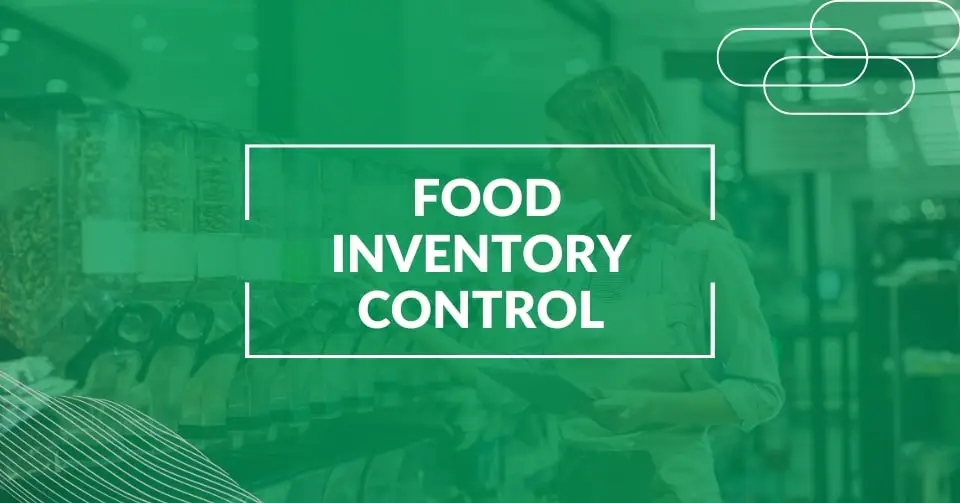Each year, millions of people worldwide fall ill from foodborne diseases. Often preventable, these illnesses can range from mild gastrointestinal discomfort to life-threatening conditions. Understanding the fundamentals of foodborne diseases is essential for consumers, food handlers, and health professionals. This newsletter explores common causes, symptoms, prevention strategies, and the role of food safety in reducing risk.
Beyond individual health, foodborne illnesses create significant public health and economic burdens. For food businesses, an outbreak can lead to loss of consumer trust, legal action, and financial setbacks. On a larger scale, these illnesses strain healthcare systems, threaten food security, and slow socio-economic development, especially in vulnerable regions.
In today’s interconnected world, the risk is global. International trade and travel mean contamination in one country can rapidly impact others. This global exposure demands a comprehensive, cooperative approach to food safety. Educating the public about risks and prevention isn’t just about personal protection; it’s a public health imperative. Building awareness can foster safer food systems and support healthier communities worldwide.
What are Foodborne Illnesses?
Foodborne illnesses, commonly called food poisoning, are caused by consuming food contaminated with harmful microorganisms or substances.
According to the World Health Organization (WHO), “foodborne diseases are infections or intoxications caused by the consumption of contaminated food or water, and the contamination can occur at any stage of the food production, delivery, and consumption chain.”

Common Causes
- Bacterial Contamination: Bacteria such as Salmonella, E. coli, and Listeria are common culprits. They thrive in environments lacking proper hygiene and can multiply rapidly if food is not stored or cooked correctly.
- Viral Contamination: Viruses like Norovirus and Hepatitis A can contaminate food through infected food handlers or contaminated water.
- Parasites: Parasites such as Giardia and tapeworms can be present in contaminated water or food, particularly undercooked meat, fish, and shellfish.
- Chemical Toxins: Improper handling of food and environmental contaminants can introduce harmful chemicals into food products.

Symptoms of Foodborne Illnesses
The symptoms vary depending on the cause but often include:
- Nausea
- Vomiting
- Diarrhea
- Abdominal cramps
- Fever
- Headache
The Importance of Using Food Thermometers
Visual cues like browning or clear juices aren’t enough to confirm that food is safe to eat. Harmful bacteria like Salmonella and E. coli can still thrive inside undercooked meat, even when the outside looks done. A food thermometer is the most reliable tool for ensuring your meals reach safe internal temperatures.
How to use it correctly:
- Always insert the thermometer into the thickest part of the meat, avoiding bone, fat, or gristle.
- For thinner foods like burgers or cutlets, insert the probe sideways to reach the center.
- After each use, clean the thermometer probe with hot, soapy water to avoid cross-contamination.
Recommended internal temperatures:
- Poultry (whole or ground): 165°F (74°C)
- Ground meats (beef, pork, lamb): 160°F (71°C)
- Fresh beef, veal, lamb (steaks, roasts, chops): 145°F (63°C) + 3-minute rest
- Fish: 145°F (63°C) or until flesh is opaque and flakes easily
- Leftovers and casseroles: 165°F (74°C)
Using a thermometer is a simple habit that significantly reduces the risk of foodborne illness.
The Role of Food Safety Practices
Implementing food safety practices in the food supply chain and at home is crucial. This includes training owners and employees through the food supply chain (from farm to fork), training consumers, maintaining clean environments, implementing strong pre-requisite programs (PRPs) and regularly verifying programs and employee’s performance.
In conclusion, awareness and education about foodborne illnesses are vital. By understanding the causes, symptoms, and prevention methods, we can significantly reduce the incidence of these illnesses. Always prioritize food safety, whether you’re cooking at home, eating out, or involved in food preparation and handling professionally.
Special Considerations for High-Risk Populations
While foodborne illnesses can affect anyone, certain groups are far more susceptible to serious complications. For these individuals, what might cause mild discomfort in others can lead to hospitalization or worse. Understanding who is at greater risk helps inform safer choices in food service and across the supply chain.
Groups at elevated risk include:
- Infants and young children: Their developing immune systems are less equipped to fight off infections.
- Pregnant women: Hormonal and immune changes increase vulnerability, and specific pathogens like Listeria monocytogenes can harm unborn babies.
- Older adults: Aging weakens immunity, making recovery slower and symptoms more severe.
- Immunocompromised individuals: This includes people undergoing chemotherapy, transplant recipients, and those living with chronic illnesses such as HIV/AIDS or diabetes.
Targeted food safety tips for these groups:
- Avoid unpasteurized milk, soft cheeses, and cold deli meats unless heated to steaming.
- Skip raw or undercooked eggs, meat, and seafood, including sushi and runny yolks.
- Wash fruits and vegetables thoroughly, especially leafy greens.
- Use a food thermometer to confirm safe internal temperatures for all cooked dishes.
- Follow strict hygiene when preparing food, and ensure all surfaces are sanitized.
These precautionary measures are essential, not excessive. They protect vulnerable individuals from potentially life-threatening infections and help families create safer eating environments for all.
Safe Thawing Practices: Avoiding the Danger Zone
Thawing frozen food might seem simple, but doing it incorrectly can turn a safe meal into a health hazard. When food is left at room temperature for too long, it enters the “danger zone”, between 40°F (4°C) and 140°F (60°C), where bacteria multiply rapidly.
To prevent contamination, always use one of the following safe thawing methods:
- Refrigerator thawing
Safest and most reliable. Plan ahead: large items like turkeys may need a full day per five pounds. - Cold water thawing
Submerge food in a sealed, leak-proof bag in cold water. Change the water every 30 minutes. Cook immediately after thawing. - Microwave thawing
Quick but uneven; use only when you plan to cook the food right away.
Never thaw food on the counter. Room temperature invites bacterial growth on the surface long before the inside defrosts.
Here’s a quick reference:
| Do | Don’t |
|---|---|
| Use the fridge, cold water, or microwave | Leave food out on the counter |
| Cook food immediately after thawing | Refreeze thawed meat without cooking |
| Keep food in sealed containers | Thaw in hot water or open air |
FAQs
Manufacturers can ensure their supply chains adhere to food safety standards by conducting regular audits and inspections of suppliers and facilities, implementing a robust supplier verification program, and requiring suppliers to have recognized food safety certifications. Establishing clear communication channels for reporting and addressing food safety concerns and integrating technology for better traceability and transparency across the supply chain are also key strategies.
Food handlers can effectively implement preventive measures for various pathogens by understanding the specific conditions that promote the growth of each type of pathogen and applying targeted control measures. This includes maintaining proper temperature control, preventing cross-contamination, practicing good personal hygiene, and following specific guidelines for cooking and storing different types of food. Ongoing education and training on the characteristics and risks associated with different pathogens are essential for effective prevention.
Food industry professionals can stay informed about global food safety regulations by subscribing to updates from international food safety organizations, participating in industry associations, and attending international food safety conferences. Establishing a regulatory affairs team dedicated to monitoring regulatory changes and assessing their impact on operations can help ensure compliance. Utilizing compliance management software that tracks regulatory requirements across different markets can also aid in maintaining adherence to global food safety standards.






